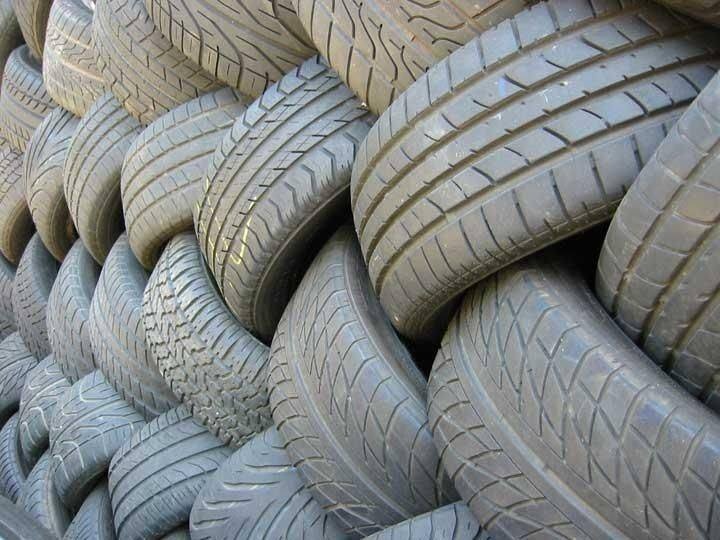When people get tight on budget, they might turn their eyes to the used ones when it is the time for a tire replacement. Perhaps, from their eyes, the used ones cost much less and look almost new. However, always, there’s much truth hidden below the surface. The history of the used rubber is unknown and it is very important. The tires play a very important role in safety; we don’t think it is wise to save a few bucks at the price of safety risk. Below are some aspects of concerns regarding a used one.
Misuse. If a tire was driven while it was underinflated or overloaded, which is very common, it may have sustained internal damage that’s not visible to the naked eye.
Defects those aren’t obvious. Most consumers probably aren’t skilled enough to detect problems that a tire expert would spot immediately, such as a torn mounting bead, probably caused by removing the tire from the wheel, or badly executed repairs.
Unknown effects of aging. Tire compounds degrade over time. Some automakers recommend against installing tires that are 6 years or older. And some tire makers recommend replacing any tire that’s 10 years or older. Because you can’t see how aging weakens the tire’s internal structure, an older tire, whether or not it has been used, shouldn’t be trusted. You can check a tire’s date of manufacture by looking at the DOT serial number embossed on the sidewall. The last four digits are the date code; the first two are the week, the last two are the year. A code of 3312 means the 33rd week of 2012.
Mismatch. For the best handling—and the safest—you want your tires to match each other in tread pattern, construction, age, wear, and so forth. It’s not a great idea to put on a replacement tire that doesn’t match the one on the opposite side.

Is it OK for me to buy a used tire?
by
Tags:
